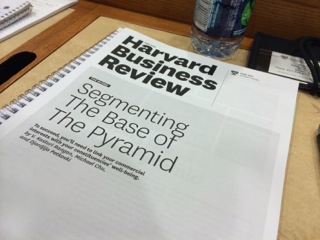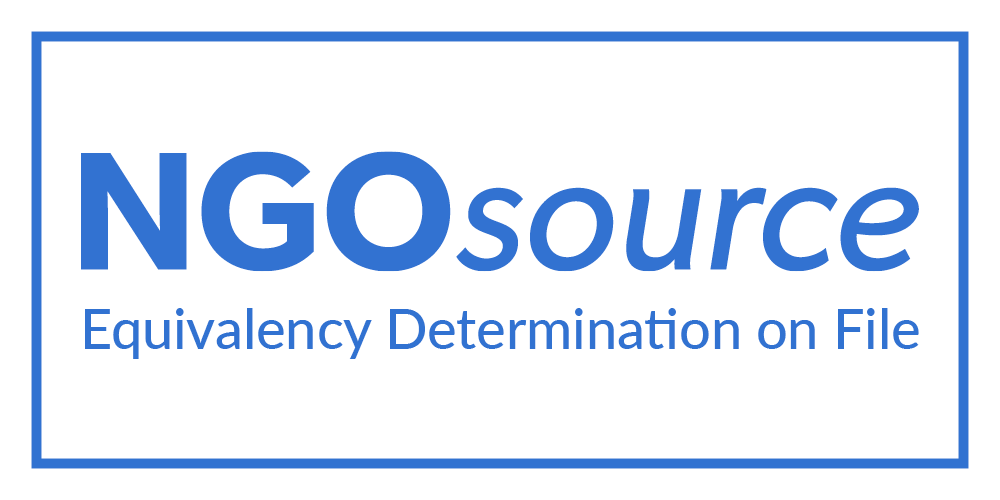This post is by Women on Wings founder Ellen Tacoma
We had the privilege to attend the course Building Businesses in Emerging Markets at Harvard Business School. That was great! One of the take-aways was the segmentation at the Base of the Pyramid. In business we easily talk about a large group of potential customers at the base of the pyramid with roughly an income below $2. But that is too simple in terms of who needs what.
We can identify 3 segments
A very clear segmentation was made by V. Kasturi Rangan, Michael Chu and Djordjija Petkoski in the Harvard Business Review. If you look at the world population, they divided the plus 4 billion people at the base of the pyramid in 3 groups based on income:
Low income from $3-$5 a day
Subsistence from $1-to $3 a day
Extreme poverty below $1 a day
Differences per segment
Segmentation is nice but the relevance in this case is the value creation strategy you need, to be successful in a segment.
The low-income group has in general a couple of years of secondary education and skills to enter the job market. They look for relevant and affordable products like a cheap but qualitative bicycle. The subsistence group has very limited education with an irregular income, in general one meal a day and malnutrition is a problem. This group strives for regular work and inexpensive items for their day-to-day living such as products in sizes and volume in line with their needs (small packages). The group living in extreme poverty is vulnerable in every aspect. and find all of these hard to access: food, health, education and housing.
The segment to which Women on Wings contributes
If we look at the above segmentation we are happy that Women on Wings and her business partners are committed to create regular work and thus a sustainable income. That’s our value creation strategy. From hardly any income at all the women enter at once the subsistence segment. The precise income level varies based on the number of hours the women want to work per day or week. That is a personal decision they make.


